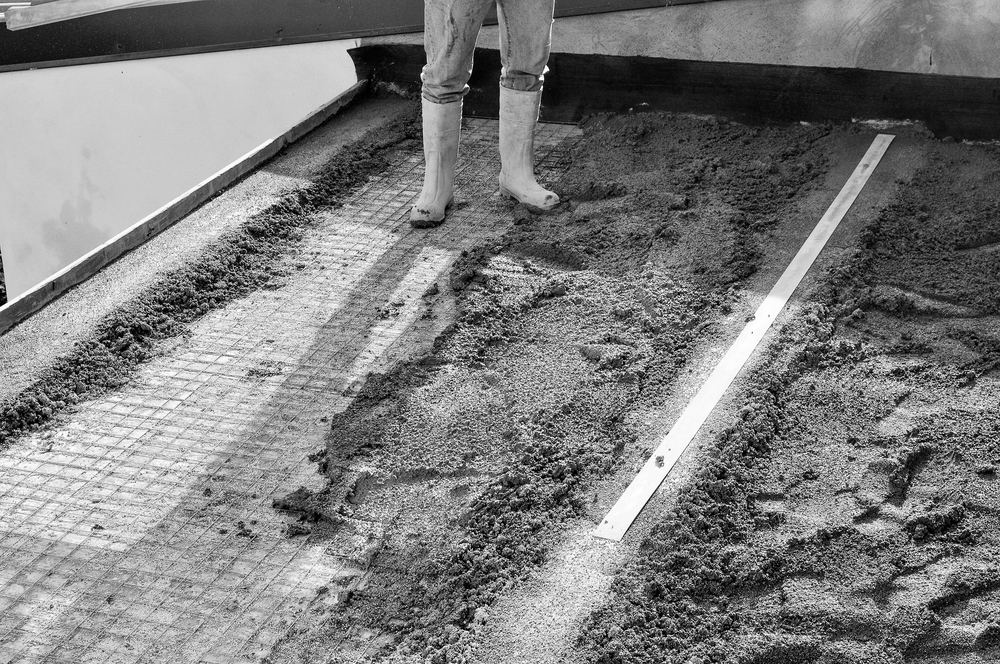
Concrete reinforcement, a technique for laying concrete rod or mesh below the surface of concrete to strengthen it, is an important way to keep concrete strong and stable. It is the nature of concrete to crack, but reinforcement techniques can minimize cracking and lessen the severity when it does occur.
Concrete Reinforcement Practices
Concrete is a mixture of fine and coarse aggregate bound by cement and water. As it hardens, the aggregate develops a rigid structure of tiny crystal lattices, and the material is strong enough to be resistant to compressive stress up to 4,000 psi. Any tension that causes the concrete to bend can lead to cracks and separation, which means that unreinforced concrete must be installed on a very stable base.
Residential concrete seldom demands more than 4,000 psi, although a heavy moving truck, dumpster, or large RV can push the envelope. Excessive weight on a residential or commercial driveway can exert too much pressure on the ground below. As groundwater passes through the soil, it becomes soft and spongy, so that pressure of a vehicle can cause the concrete to bend to its breaking point as the ground beneath it depresses. To prevent this, reinforcing wire mesh, synthetic fibers, or rebar made of steel or other high tensile materials are embedded in the concrete.
Does Concrete Reinforcement Prevent Cracking?
The reinforcement does not prevent concrete from cracking, but will hold the sections altogether better to reduce cracking so that a hairline crack does not become wider. It keeps both sections of the crack on the same horizontal plane to prevent the cracked parts from being tripping hazards. For maximum effectiveness, considerable engineering goes into positioning the rebar, as well as the proper composition of concrete, properly including control joints, and curing the concrete correctly. Too much reinforcement can prevent normal concrete shrinkage, which leads to cracks.
Rust from Concrete Reinforcement
While concrete reinforcement improves strength and stability, steel can corrode, which is evidenced with unsightly rust marks. Rust that comes to the surface emanates from several sources:
When the rust is caused by exposed metal rebar that is rusted, you may need to take more serious action that involves concrete repair by a specialist. Rust marks may mean that the internal rebar is so deteriorated that the area must be torn up and the rebar either cleaned or replaced before sealing the metal to prevent more oxidation. While you can attempt rust removal and cleanup on your own, entrust more serious rusting issues that result from concrete reinforcement to the professionals.
Concrete reinforcement is a great way to prolong the life of the concrete on your residential or commercial property. If you encounter cracking or rusting that compromises the integrity of your reinforced concrete, contact the concrete repair specialists at Lift Right Concrete for a free consultation and estimate.